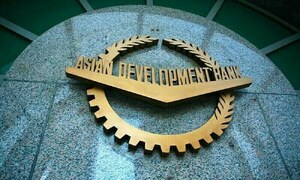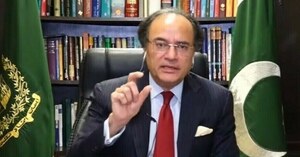Sterling fell to a two-month low against the euro on Tuesday on concerns the UK economy may not be as buoyant as previously thought and on comments from a European Central Bank official. The pound came under selling pressure after a survey on Monday showed a shock fall in retail sales growth this month. It pared gains only briefly after data on Tuesday showed the highest UK mortgage approvals since February 2008.
The euro then extended its gains after ECB Governing Council member Ewald Nowotny told MNI he saw no tool the central bank could use against a strong currency. The single currency was up 0.5 percent at 85.74 pence after hitting 85.85 pence, its strongest since late August. It has gained around 3 percent since hitting a seven-and-a-half month low of 83.325 pence on October 1.
Analysts and traders said the euro's break above strong chart resistance at 83.29 pence, the 200-day moving average, left it the potential to rise towards 86.51 pence, its late August high, and the 2013 peak of 88.15 pence. "Euro/sterling's break above the 200-day moving average encouraged buying of euros and was a strong signal that it may go back towards the highs of earlier this year," said Lee Hardman, currency economist at BTMU.
"A move towards 88 pence makes sense unless there is any rhetoric from the ECB to try and dampen euro strength." Sterling's broad losses pushed the pound's trade-weighted index to an eight-week low of 82.1. Recent strong rises in UK house prices, combined with other strong data including from the labour market, had led investors to bring forward expectations of when the BoE will raise rates.
However, these have been trimmed after the most recent numbers suggested recovery may not be as robust as thought. Sterling overnight interbank average rates price in the chance of a first rate rise in 18 months to two years. In mid-September, this risk was seen in 15 months.
"The market has got over-excited in terms of how the Bank of England will respond to a further pick-up in housing market activity through higher interest rates," said Stephen Gallo, European head of foreign exchange strategy at BMO. Gallo expected euro/sterling to trade roughly in an 84-85 pence range for the rest of the year, adding that month-end position adjustment was also pushing the pound lower. Sterling was also down 0.4 percent against the dollar at $1.6076, having hit a 12-day low of $1.6054. The pound was expected to struggle to overcome stiff chart resistance at the October 1 high of $1.6260 and at $1.63.
BR100
15,085
Increased By
112.5 (0.75%)
BR30
44,012
Increased By
987.7 (2.3%)
KSE100
148,618
Increased By
1274.3 (0.86%)
KSE30
45,248
Increased By
370.7 (0.83%)





















Comments
Comments are closed.